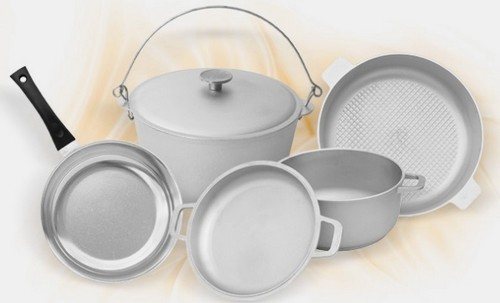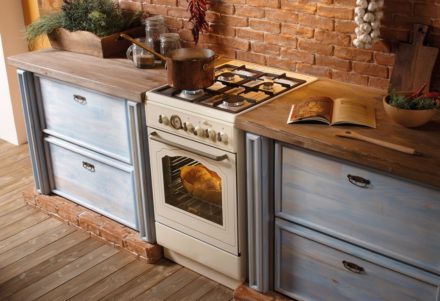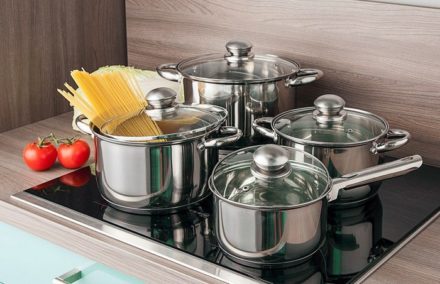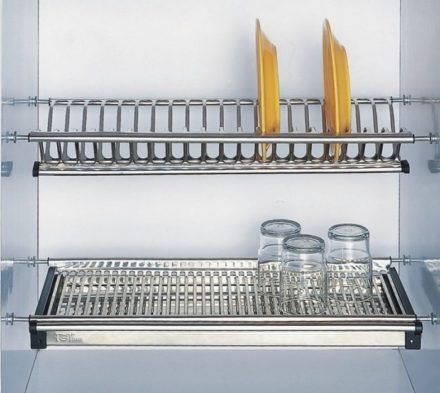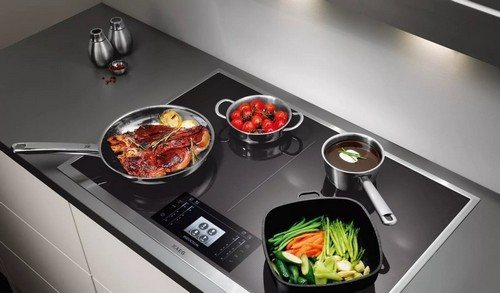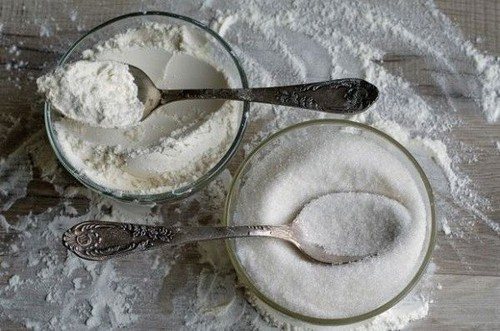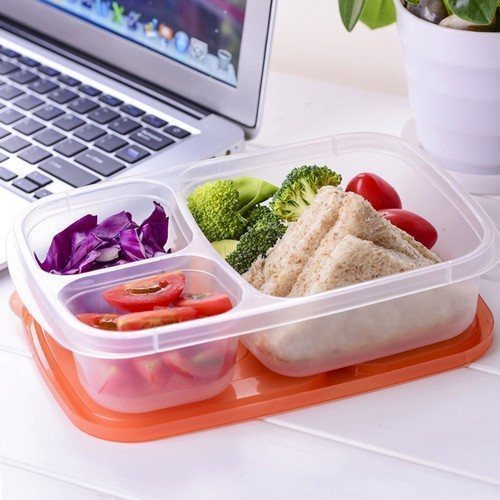Clean and well-maintained cutlery is the first thing that catches the eye of guests when they sit down at the table. A housewife who keeps her kitchen utensils in perfect order will always be in good standing. No matter the guests, an ordinary family lunch or dinner will be more pleasant to eat from beautiful dishes. Enameled containers are universal for use on various heating surfaces, as well as in the oven. However, it has one significant drawback - it requires special handling, otherwise it may become unusable. You can maintain the appearance and integrity of your dishes by following these tips.
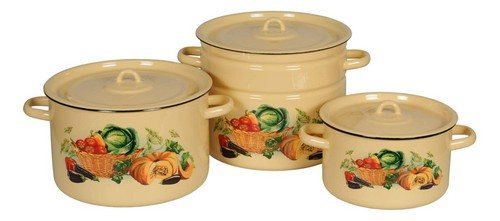
Preparing for first use
After purchasing a new enamel saucepan, many people simply rinse it before cooking. But this may not be enough. Experienced chefs use a simple technique.
After initial treatment with detergent, they boil it with a saline solution to harden the enamel. To do this, you need to pour two tablespoons of regular table salt into a saucepan at a rate per three liters of water. After this, cover the pan with a lid and let it simmer for fifteen minutes. Then remove from the stove and allow the product to cool. After the solution has cooled, it is drained and the dishes are washed with ordinary warm running water.
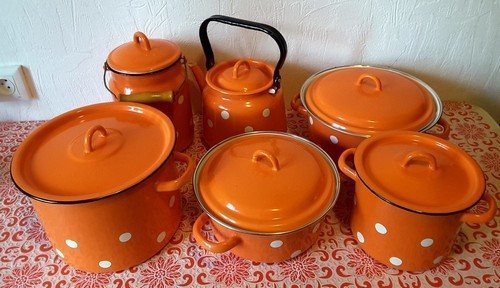
Avoiding sudden temperature changes
Such dishes are badly affected by sudden changes in temperature. An enamel-coated product immediately reacts to such changes, and microcracks may appear on the surface. This leads to loss of appearance.Food debris accumulates in cracks, on which bacteria multiply.
To avoid this, do not pour hot water or food into cold dishes. To do this, simply rinse the product well with warm water, and then pour boiling water. Conversely, do not pour cold, much less icy, liquids into a warm container.
If you remove a hot pan from the stove and need to empty the contents, do not wash or soak the pan in cold water after pouring. Wait a minute or two so that the container cools down a little and there is no sudden temperature change.
Compliance with temperature limits
Do not freeze food or liquid in an enamel container. Freezing leads to mechanical stress and causes cracking of the enamel. Even an enamel vessel is not recommended to be stored in the freezer at particularly low temperatures, since the coefficient of thermal expansion of the metal does not coincide with the same coefficient of the enamel, which leads to its peeling and cracking.
Excessively high temperatures, at which the metal will heat up and the coating will peel off, should also be avoided. Do not place an empty container on the heating surface. It is also recommended to use a heat diffuser on the burner. If you bake in such a container, make sure that the bottom does not remain dry.
Careful transportation and storage
Enamel is afraid of mechanical damage. To maintain its integrity you need to follow simple rules. Enameled utensils should be stored and transported separately from hard and sharp objects.
To save space, you can stack the dishes one in one with napkins or towels. It should not be missed to avoid chipping, especially on the inner surface. A saucepan spoiled in this way can no longer fully serve for storing liquid products. At the site of the chip, unwanted contact between food and metal occurs.
Gentle cleaning
It is recommended to clean the enamel surface exclusively with a soft sponge and cleaning agent. A metal sponge or brush should absolutely not be used, as the metal leaves scratches on the surface.
If you have burnt food, do not force it off. Fill the container with warm water and add one tablespoon of soda, then put on fire and boil for five minutes. Then let the liquid cool and drain it. Then remove the dirt using non-abrasive means (soft sponge with soapy water).
You can also use fine salt for more effective cleaning.
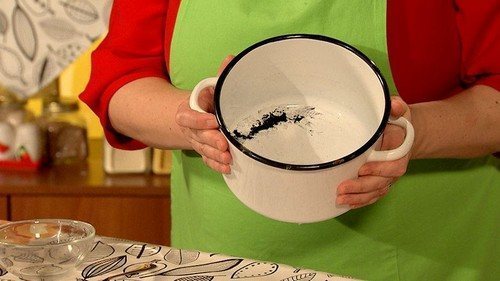
Restoring original color
If the inner surface has become darkened by food, it can be restored.
To do this, fill the container with warm water and add one tablespoon of vinegar per liter of water, and boil for 15-20 minutes.
You can also use half a lemon instead of vinegar or use regular citric acid. It is important to maintain the proportion of one teaspoon of citric acid per two liters of water. If you add more, the acid will corrode the enamel.
Avoiding easily burning foods
It is not advisable to boil milk or cook milk porridges; the same applies to other water-based porridges.These foods burn quickly. Burnt food is very difficult to clean up and can damage the surface. This container is often used for preparing first courses, compotes, and baking. When cooking, avoid hitting the enamel with a spoon or spatula.


